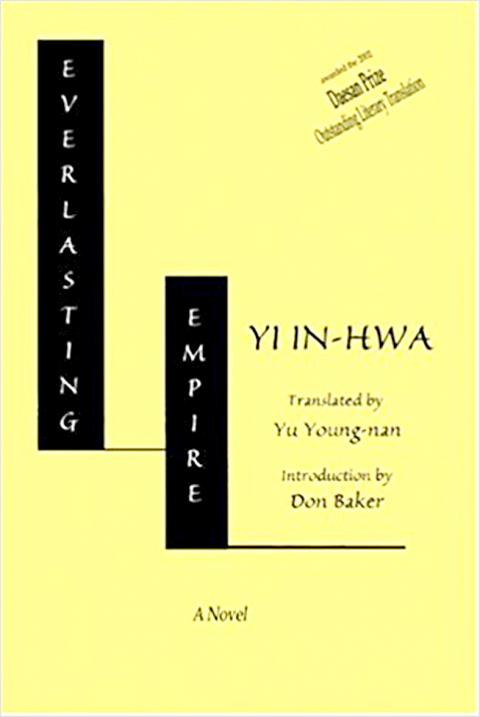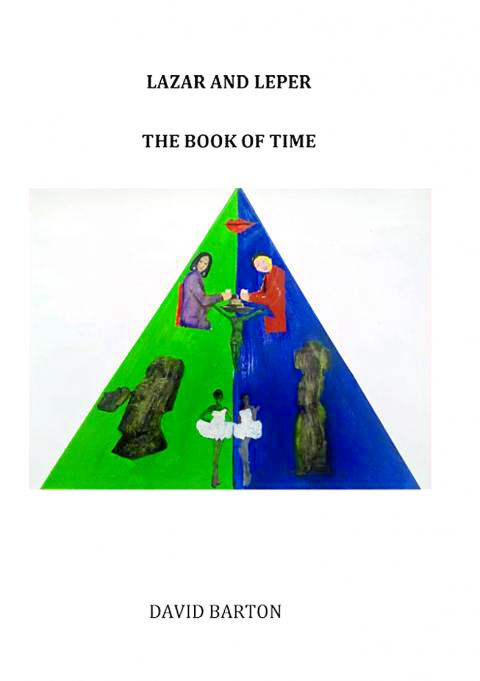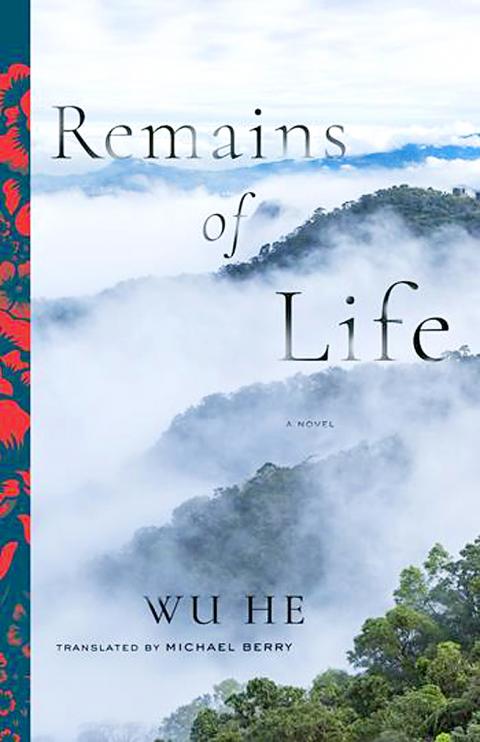I reviewed 11 books, all Taiwan-related, this year, plus Alan Hollinghurst’s new and excellent UK-based novel The Sparshalt Affair. Of the 11, several stand out in the memory.
Camphor Press is currently dominating the Taiwan English-language book scene, following its acquisition of the rich backlist of Eastbridge Books in the UK, all Asia-related. The most extraordinary of these so far has been Party Members by Arthur Meursault (a pseudonym), a novel that’s savagely satirical of virtually every aspect of Chinese life (reviewed & March 2). I found it too harsh at the time, but now I find I can’t stop thinking about it.
Also from Camphor was a classic Korean novel, Everlasting Empire, about one day in that country’s court life 200 years ago. It’s hard going in places, but would undoubtedly be a major work in any country’s literature (reviewed Aug. 31). Murders and schemes to flee persecutors are only a half of it. If you want something solid to read over the New Year, this could well be it.

From Columbia University Press came a belated translation of Remains of Life by Wu He, an attempt by a well-known writer in Chinese to get to the truth of what happened in the notorious Wushe Incident (霧社事件) where many Japanese and others were killed by militant sections of the Aboriginal community (reviewed May 18).
On the eccentric margin was David Barton’s Lazar and Leper, a small picture-book with laconic texts in accompaniment about, well, you’ll have to make your mind up on that. Surrealism blends with the cartoon format in what is sometimes an indigestible mix from someone who’s been dubbed “Taiwan’s Samuel Beckett” but I consider more akin to William Burroughs (reviewed June 5).
Lastly, the most impressive book I’ve read on Chinese literature was Zhu Shoutong’s New Literature in Chinese (reviewed Jan. 19). Professor Zhu, who teaches at the University of Macau, argues for the inclusion of books written in Chinese from Taiwan, Hong Kong, Macau and Singapore, as well as further afield, in a category that has often been taken to refer only to literature from China. His prose is suave and lucid, and his mind and sympathies clearly wide-ranging and humane. In the final analysis, this would be my number one choice for 2017.





Most heroes are remembered for the battles they fought. Taiwan’s Black Bat Squadron is remembered for flying into Chinese airspace 838 times between 1953 and 1967, and for the 148 men whose sacrifice bought the intelligence that kept Taiwan secure. Two-thirds of the squadron died carrying out missions most people wouldn’t learn about for another 40 years. The squadron lost 15 aircraft and 148 crew members over those 14 years, making it the deadliest unit in Taiwan’s military history by casualty rate. They flew at night, often at low altitudes, straight into some of the most heavily defended airspace in Asia.

This month the government ordered a one-year block of Xiaohongshu (小紅書) or Rednote, a Chinese social media platform with more than 3 million users in Taiwan. The government pointed to widespread fraud activity on the platform, along with cybersecurity failures. Officials said that they had reached out to the company and asked it to change. However, they received no response. The pro-China parties, the Chinese Nationalist Party (KMT) and Taiwan People’s Party (TPP), immediately swung into action, denouncing the ban as an attack on free speech. This “free speech” claim was then echoed by the People’s Republic of China (PRC),

Many people in Taiwan first learned about universal basic income (UBI) — the idea that the government should provide regular, no-strings-attached payments to each citizen — in 2019. While seeking the Democratic nomination for the 2020 US presidential election, Andrew Yang, a politician of Taiwanese descent, said that, if elected, he’d institute a UBI of US$1,000 per month to “get the economic boot off of people’s throats, allowing them to lift their heads up, breathe, and get excited for the future.” His campaign petered out, but the concept of UBI hasn’t gone away. Throughout the industrialized world, there are fears that

Like much in the world today, theater has experienced major disruptions over the six years since COVID-19. The pandemic, the war in Ukraine and social media have created a new normal of geopolitical and information uncertainty, and the performing arts are not immune to these effects. “Ten years ago people wanted to come to the theater to engage with important issues, but now the Internet allows them to engage with those issues powerfully and immediately,” said Faith Tan, programming director of the Esplanade in Singapore, speaking last week in Japan. “One reaction to unpredictability has been a renewed emphasis on